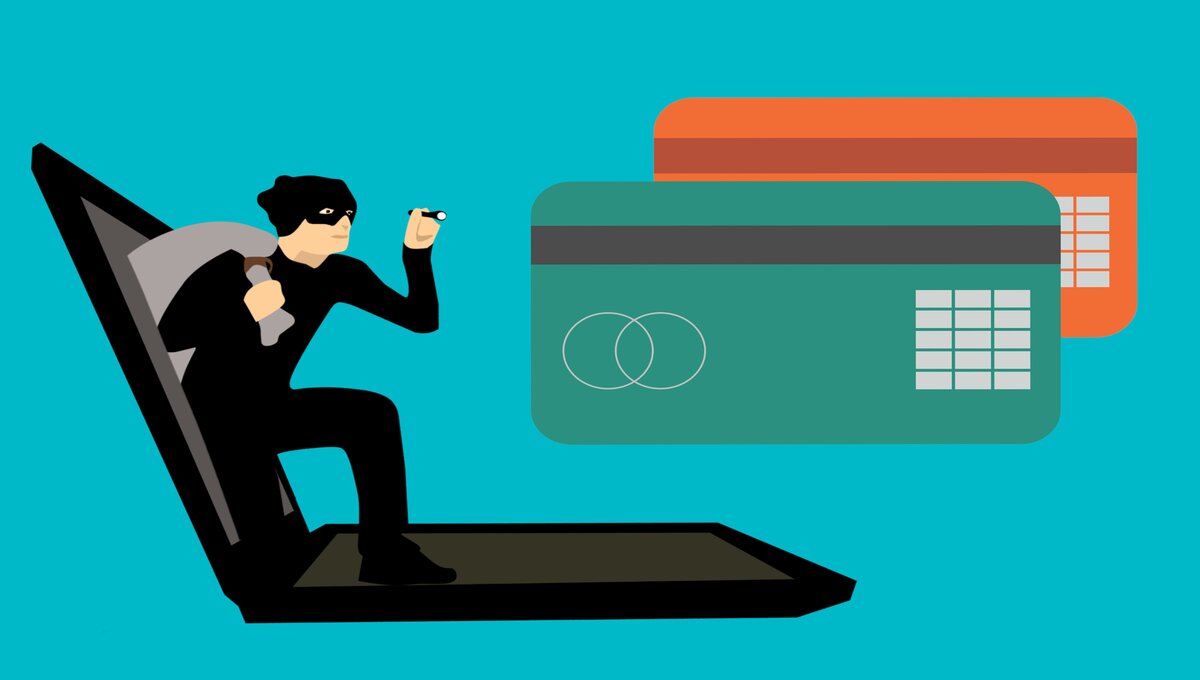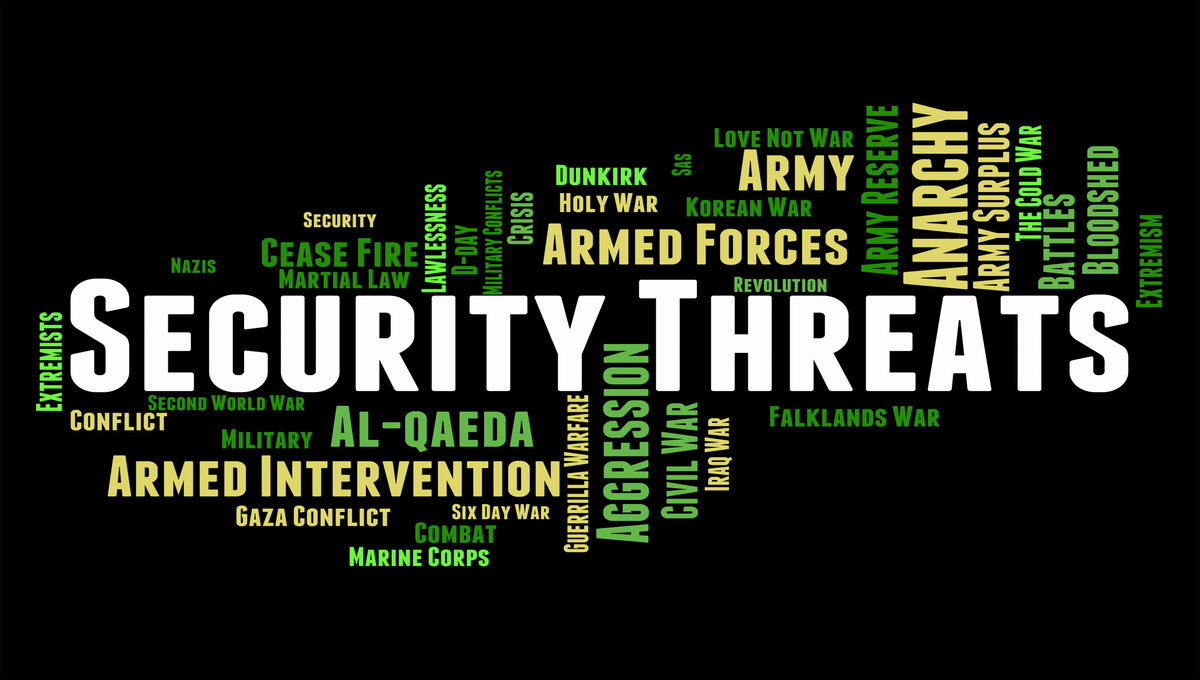5 best books on cybersecurity for beginners / Get complete guide
Embarking on the journey of understanding books on cybersecurity for beginners can seem daunting at first. So get the best guidelines for books on cybersecurity for beginners. However, with persistence and the right learning resources, beginners can gradually grasp the essential concepts and principles of cybersecurity. Applying cybersecurity practices in daily life is crucial for maintaining a secure digital presence. Simple measures of cybersecurity for beginners are using strong passwords, regularly updating software, and being cautious of suspicious links and emails can significantly enhance one’s online security.
Book 1: “Cybersecurity for Dummies”- books on cybersecurity for beginners
“Cybersecurity for Dummies” provides a comprehensive introduction to the world of cybersecurity, catering specifically to beginners. This book simplifies complex concepts and offers practical tips to enhance one’s digital security.
Cybersecurity for Dummies is a book written by Charles Pfleeger and Shari Lawrence Pfleeger. It is cybersecurity for beginners, covering topics such as the basics of computer security, common threats and attacks, and how to protect yourself online.
The book is divided into five parts:
Part 1: What is cybersecurity? This part introduces the concept of cybersecurity and discusses the importance of protecting your computer and data.
Part 2: Common threats and attacks This part covers some of the most common cybersecurity threats and attacks, such as malware, phishing, and social engineering.
Part 3: Protecting yourself online This part provides tips on how to protect yourself online, such as using strong passwords, being careful about what information you share, and keeping your software up to date.
Part 4: Protecting your business This part covers cybersecurity for businesses, including topics such as risk management and incident response.
Part 5: Emerging threats This part discusses some of the emerging cybersecurity threats, such as artificial intelligence and quantum computing.
Cybersecurity for Dummies is a well-written and informative book that is a good resource for anyone who wants to learn more about cybersecurity for beginners. It is easy to read and understand, and it covers a wide range of topics. It is a good idea to read books on cybersecurity for beginners s to get a well-rounded understanding of cybersecurity.
“The Basics of Cyber Safety” serves as a guide for navigating the intricacies of online security. It offers valuable insights into maintaining privacy, identifying potential threats, and securing personal information in the digital sphere.
The Basics of Cyber Safety – Navigating Online Security
The Internet is a powerful tool that can be used for many purposes, such as learning, communication, and entertainment.
Use strong passwords and Do not use common words or phrases, or personal information such as your name or birthday.
Be careful about what information you share online. Do not share your personal information, such as your address, phone number, or Social Security number, with strangers. Be careful about what information you post on social media and other websites.
Be aware of phishing scams. Phishing scams are attempts to trick you into revealing your personal information or clicking on a malicious link. However, they may contain typos or grammatical errors, or they may not address you by name. Do not click on links in emails from unknown senders, and do not enter your personal information on websites that you do not trust.

Keep your software up to date. Software updates often include security patches that can help to protect you from known vulnerabilities.
Use a security solution. A security solution can help to protect your computer from malware and other threats. Make sure to use a reputable security solution and keep it up to date.
some additional tips for navigating online security:
- Be careful about what links you click on. Be especially wary of links in emails and social media posts. If you are unsure about a link, do not click on it.
- Be careful about what attachments you open. Attachments can contain malware. Do not open attachments from unknown senders, and be careful about opening attachments from even known senders.
- Be careful about what websites you visit. Avoid visiting websites that you do not trust.
- Be careful about what information you download. Only download files from trusted sources.
- Be careful about what apps you install. Only install apps from trusted sources.
If you are concerned about your online safety, you can talk to a trusted adult or cybersecurity professional. They can help you to learn more about the risks and how to protect yourself.
Book 3: “Hacking: The Art of Exploitation” – books on cybersecurity for beginners
“Hacking: The Art of Exploitation” takes a unique approach by delving into the mindset of hackers. This book helps beginners comprehend the tactics used by cyber attackers, enabling them to develop a proactive approach to cybersecurity.
Hacking: The Art of Exploitation by Jon Erickson is a book that teaches readers how to exploit vulnerabilities in computer systems. It is a popular book among hackers, both ethical and malicious.
The book is divided into two parts. The first part covers the basics of hacking, such as how to find and exploit vulnerabilities, how to write and use exploits, and how to evade security measures. The second part of the book covers more advanced topics, such as reverse engineering, malware development, and network attacks.
Hacking: The Art of Exploitation is a well-written and informative book. It is a good resource for anyone who wants to learn more about how hackers operate and how to protect themselves from attacks.

However, it is important to note that this book is not for beginners. It assumes that readers have some prior knowledge of computer systems and networking. If you are a complete beginner, you may want to start with more introductory books on cybersecurity for beginners.
These books cover a wide range of topics related to cybersecurity, including the basics of computer security, common threats, and attacks, and how to protect yourself online. They are a good starting point for anyone who wants to learn more about cybersecurity.
Book 4: “Cybersecurity: The Essential Body of Knowledge” – books on cybersecurity for beginners
“Cybersecurity: The Essential Body of Knowledge” provides a detailed cybersecurity for beginners, covering a wide range of topics such as network security, cryptography, and risk management. It serves as a comprehensive resource for those seeking a deeper understanding of cybersecurity principles.
The book is divided into four parts:
Part 1: Cybersecurity Fundamentals This part introduces the basics of cybersecurity, such as the different types of threats, the components of a cybersecurity program, and the importance of risk management.
Part 2: Cybersecurity Operations This part covers the day-to-day operations of a cybersecurity team, such as monitoring networks and systems, responding to incidents, and conducting security audits.
Part 3: Cybersecurity Technologies This part covers the different types of cybersecurity technologies, such as firewalls, intrusion detection systems, and encryption.
Part 4: Emerging Cybersecurity Trends This part discusses some of the emerging cybersecurity trends, such as artificial intelligence and cloud computing.
Book 5: “Practical Malware Analysis” – Unraveling the Threats on cybersecurity for beginners
“Practical Malware Analysis” is a valuable resource that assists beginners in understanding the intricacies of malware. It equips readers with the necessary skills to analyze and combat malware effectively, thereby fortifying their digital security.
Practical Malware Analysis: The Hands-On Guide to Dissecting Malicious Software by Michael Sikorski and Andrew Honig is a book that teaches readers how to analyze malware. It is a popular book among cybersecurity professionals, as it provides a comprehensive overview of the tools and techniques used to analyze malware.
The book is divided into four parts:
Part 1: Introduction to Malware Analysis This part covers the basics of malware analysis, such as what malware is, the different types of malware, and the goals of malware analysis.

Part 2: Static Malware Analysis This part covers static malware analysis, which is the process of analyzing malware without executing it. This includes techniques such as examining the malware’s code and metadata.
Part 3: Dynamic Malware Analysis This part covers dynamic malware analysis, which is the process of analyzing malware by executing it in a safe environment. This includes techniques such as using debuggers and sandboxes.
Part 4: Advanced Malware Analysis This part covers more advanced malware analysis techniques, such as reverse engineering and malware analysis frameworks.
Practical Malware Analysis is a well-written and informative book. It is a good resource for anyone who wants to learn more about malware analysis. However, it is important to note that this book is not for beginners. It assumes that readers have some prior knowledge of computer systems and programming.
These cover a wide range of topics related to books on cybersecurity for beginners, including the basics of computer security, common threats, and attacks, and how to protect yourself online. They are a good starting point for anyone who wants to learn more about cybersecurity. Once you have a basic understanding of cybersecurity for beginners, you can then read more advanced books, such as Practical Malware Analysis.
Tips for books on cybersecurity for beginners
When selecting a cybersecurity book, beginners should consider factors such as the author’s credibility, the book’s comprehensiveness, and its relevance to their specific learning goals. It is essential to choose a book that aligns with one’s current knowledge level and learning objectives.
Conclusion:
The journey of learning books on cybersecurity for beginners is both essential and rewarding. By investing time in understanding the basics and exploring comprehensive resources, individuals can fortify their digital security and contribute to a safer online environment.



